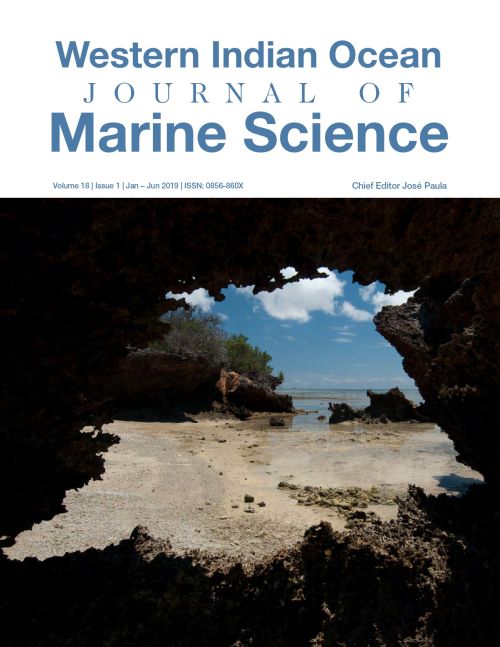Main Article Content
Ecological classification of estuaries along the Tanzanian mainland: a tool for conservation and management
Abstract
Estuaries are unique and important coastal ecosystems providing significant and diverse services to ecosystems and human kind. Worldwide, estuaries are overwhelmed by human disturbance and over utilization of their resources which threatens their existence. This study aimed to develop a classification framework for Tanzanian mainland estuaries using abiotic variables (ecoregion, latitude and catchment size) and validate the resulting estuary types using biota (fish and prawns). Biota were sampled from five selected estuaries (Manyema, Lukuledi, Matandu, Rufiji and Ruvuma) using a seine net and identified to species level. Multivariate analyses including analysis of similarities, cluster analysis, Bray-Curtis, Pairwise and similarity percentage analysis were used to analyse biota data. Ecoregion, latitude and catchment size resulted in two (Pangani and Central East African), three (Lower (5°- 6°S), Middle (> 6°S- 8°S), Higher (> 8°S)) and five (Smaller (<1000km2), Small (1000-10000km2), Medium (10000-50000km2), Large (50000-100000km2), Larger (>100000km2)) classes of estuary, respectively. Two classification options; latitude-catchment size and ecoregion-catchment size, have been proposed. The latitude-catchment size classification produced nine estuary types whie the ecoregion-catchment size classification produced seven estuary types. The latitude-catchment size produced estuary types with higher significant differences (global R=0.926, p=0.01) than ecoregion-catchment size (global R=0.659, p=0.03).






